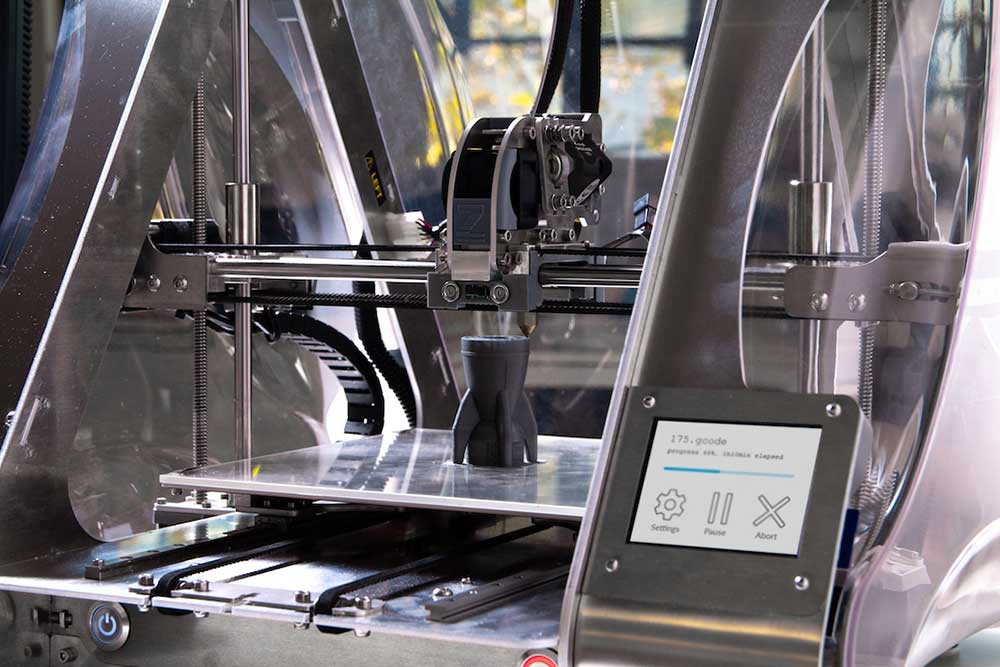Suppliers must onshore the manufacturing process to remain competitive with China.
Years ago, I read a study from the Boston Consulting Group that predicted the U.S. and Chinese markets would be at equal levels of competition within five years. The study hypothesized that America would become a more attractive option for local product development and distribution, and that companies would no longer need to default to Chinese labor and manufacturing. As possible as this once seemed, America hasn’t done its part to become a worthy competitor of China. We are lagging behind, but we don’t have to be.
For too long, U.S. manufacturers have defaulted to the idea that “it’s cheaper to make it in China.” We’ve relied too heavily on international manufacturing and development for our domestic product supply. However, with new technologies, it’s no longer cheaper to make it in China — the cheapest place to make products now is locally.
As businesses across America realize their manufacturing shortcomings during the rapidly developing global pandemic, the issue of local manufacturing solutions is brought to the forefront of our industry’s conversations. In the past year, according to a report carried out by PwC and The Manufacturing Institute, more than 70% of manufacturers surveyed were planning to increase their investment in Smart Factory technology over the next year, and rising international labor costs and national security concerns further highlight the urgent need for onshoring the manufacturing process. Furthermore, an increase in local manufacturing would also bring an increase in employment opportunities during a time when many businesses are struggling to stay afloat.
The Coronavirus pandemic shed light on an opportunity that many American businesses were not taking advantage of – local, high-mix manufacturing that is both more cost-effective and faster to produce than offshoring the process to China. When the pandemic first hit the U.S., some companies were able to quickly pivot and develop face shields or other increasingly demanded products by using smart tools such as 3-D printers. These digitally integrated businesses have an upper hand in the development and fulfillment of new high demand products and will continue to be able to pivot their business to meet local demands throughout the pandemic and beyond.

Manufacturers utilizing 3-D printing and other Smart Factory tools showed a competitive advantage when pivoting business during the pandemic.
The changes we’re seeing to manufacturing right now as a result of COVID-19 are changes that some forward-looking companies had already begun implementing prior to the pandemic. The key is high-mix production models with the integration of Smart Factory technology to allow delivery of custom products in just two to three days. Whether in a retail or industrial setting, being able to quickly react to customer demand is essential to competing with Chinese manufacturers and the coveted ability to deliver products on “Amazon time.” Right now, U.S. customers can order something on Amazon and have it shipped in just a day or two because Chinese products are sitting in large Amazon warehouses to fulfill that immediate demand. But what if we made the entire process local? What if your product could be delivered not just quickly, but customized?
The pandemic confirmed what I have been maintaining for years: LEAN manufacturing is a thing of the past. While the components of LEAN or the use of Six Sigma are still essential to the process, the future of manufacturing requires the additional integration of Smart Factory technologies in order to remain competitive. Now more than ever, it is imperative that manufacturers rethink the way they do business. Companies who had already integrated even some amount of Smart Factory technology into their local supply chains had a strong advantage in pivoting business once the pandemic changed local demand. And then, as the pandemic continued to shift the needs of the consumer, those businesses could continue to adapt and change more swiftly than businesses who had offshored parts of their supply chain or failed to integrate Smart Factory technology into their business model.
What we have today is a great opportunity that’s been given to us. There are companies out there saying they want to buy in the U.S., and there are good manufacturing companies in the U.S. If you can provide a custom product in a matter of a few days, there’s no overseas competitor that will beat it. That’s the killer application. What it requires is flexibility and utilization of a digitally integrated supply chain.
The increase in demand for rapid delivery of customized products is a great opportunity for American manufacturers to invest in technology of the future even after people forget about COVID-19. Once you’ve established a demand and can deliver on it, a wonderful opportunity has presented itself. Implementing Smart Factory technologies ensures we keep it. It’s time to grab the golden ring. That’s the silver lining to the pandemic.

James Crean
James Crean is the co-founder and CTO of CREAN Inc., a company focused on helping businesses implement Smart Factory technologies that increase efficiency and profits. As an aerospace innovator with a passion for driving the implementation of Smart Factory technologies in the U.S., Crean supports some of the largest Fortune 100 companies in the world and works with entrepreneurs in engineering new innovative systems to produce them faster and more efficiently than competitors.
In this episode, I sat down with Beejan Giga, Director | Partner and Caleb Emerson, Senior Results Manager at Carpedia International. We discussed the insights behind their recent Industry Today article, “Thinking Three Moves Ahead” and together we explored how manufacturers can plan more strategically, align with their suppliers, and build the operational discipline needed to support intentional, sustainable growth. It was a conversation packed with practical perspectives on navigating a fast-changing industry landscape.